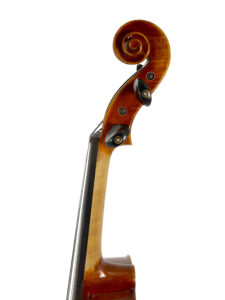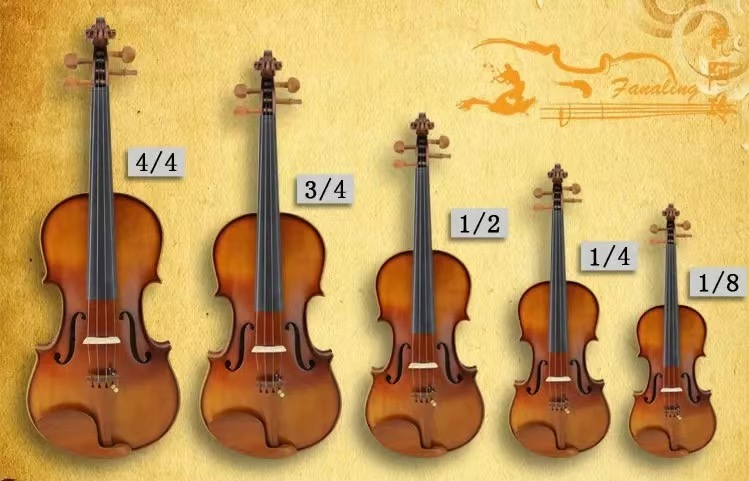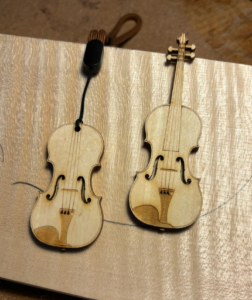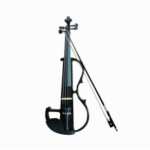Whether you're a beginner or an experienced violinist, selecting the appropriate violin size is crucial. The size of the violin impacts comfort and playing technique. In this article, we will guide you on how to choose the right violin size for you. This article covers different size classifications, measurement methods, recommendations for different age groups, and the experience of trying out violins.
What Size Violin Do You Need?
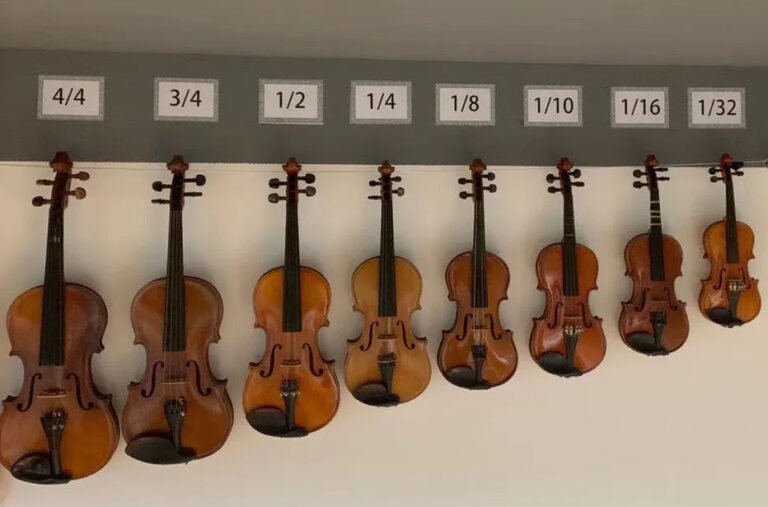
When purchasing a violin, it's important not only to consider factors like price and place of purchase but also to ensure that the chosen size suits you. Violins come in various sizes, which are based on factors such as your age and physique. Therefore, selecting the right violin size for yourself is paramount.
Violins generally come in eight main sizes, categorized by the length of the body, excluding the neck and scroll. The smallest is 1/16 (just 9 inches or 23 centimeters), and the sizes increase incrementally to 1/10, 1/8, 1/4, 1/2, 3/4, 7/8, and finally 4/4 or full size (approximately 14 inches or 36 centimeters).
The Significance of Violin Size
An appropriate violin size is crucial for your playing experience. When you hold the violin with the correct posture, your left hand should comfortably reach the neck, and your left hand should naturally wrap around the fingerboard while maintaining a certain bend in the arm.
Classification of Violin Sizes
| Size | Length (cm) | Length (inches) | Length (US) |
|---|---|---|---|
| 1/16 | 33.5 cm | 13¼ inches | 13¼" |
| 1/10 | 36 cm | 14¼ inches | 14¼" |
| 1/8 | 38.5 cm | 15¼ inches | 15¼" |
| 1/4 | 44 cm | 17¼ inches | 17¼" |
| 1/2 | 48.5 cm | 19 inches | 19" |
| 3/4 | 52 cm | 20½ inches | 20½" |
| 4/4 | 54 cm | 21¼ inches | 21¼" |
Understanding these size ranges can help you make a better choice when making a purchase. Communication with instrument retailers during the selection process is also crucial; they can assist you in making the right decision.
How to choose and measure the size of the violin you are striving for?
Determining the right violin size for you involves considering factors like height and arm length. Here are some measurement methods:
Measuring Height
Start by measuring your height. Stand straight in a normal posture, and have someone measure the length from the top of your head to the bottom of your feet. Height is one of the important criteria for selecting the appropriate size.Generally speaking, if you are 160cm or taller, you can use a 4/4 size violin, but I recommend using the arm length measurement to choose the size, which is the most accurate!
Here is the table of violin sizes based on height:
| Height (cm) | Height (inches) | Violin Size |
|---|---|---|
| 155+ | 61+ | 4/4 |
| 145+ | 57+ | 3/4 |
| 135+ | 53+ | 2/4 |
| 125+ | 49+ | 1/4 |
Measuring Arm Length
Stand straight and extend your arm downward. Measure the length from the base of your neck to your wrist. This measurement result will help you decide on the suitable violin size.
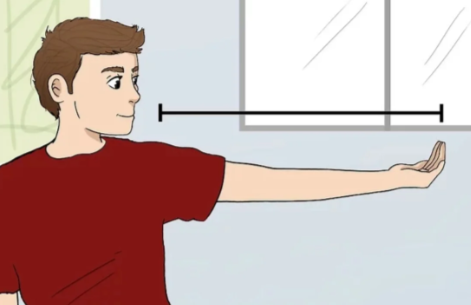
Different Sizes for Different Ages
Different age groups require different violin sizes. Here are size recommendations for children and adults:
Children's Violin Sizes
For children, there is more flexibility in size selection as they are still growing. Generally, as long as a child can play using their index finger on the fingerboard, they can opt for a slightly larger size to leave room for growth. This allows the violin to be used for an extended period, but it's important to ensure that the size is not too large and affects playing posture.
Adult Violin Sizes
Most adults and some older children are suitable for using a full-size violin (4/4). This depends on your arm length and your ability to hold the violin comfortably. When picking up the violin, it shouldn't feel overly heavy, and you should be able to easily grip the top of the fingerboard while maintaining a bent elbow. Some adults might find the 7/8 size violin more comfortable, so the choice of size should be based on personal comfort.
Trying Out the Experience
When choosing a violin size, trying out different sizes is crucial. Trying out various sizes helps you experience how different sizes of violins affect your playing. Experiment with different sizes of violins and pay attention to differences in comfort, playing posture, and violin sound quality.
Violin Size Replacement
For children, as they grow, they may need to transition to a larger size violin. The timing of size replacement varies for each individual, but it might be time to consider a size change when the child feels the violin is no longer comfortable or when their skills are limited by the size.
The earlier you switch to a larger violin size, the more helpful it is for learning. When you find that the current size is not suitable, it is necessary to make a switch. This allows for a quicker adaptation to a larger violin size. When making a switch, it is important to note that you should upgrade to a higher level of violin. Beginner violins can be upgraded to intermediate or professional violins.

Conclusion
Selecting the right violin size is a critical step to ensure comfortable playing and skill development. Choose an appropriate size based on your height, arm length, and personal comfort. Communication with instrument retailers is also vital in making informed decisions. Conduct trial play before purchasing, and consider size replacement when needed, to ensure a consistently enjoyable playing experience. Whether you're a child or an adult, playing the violin should involve choosing the right size instrument."
